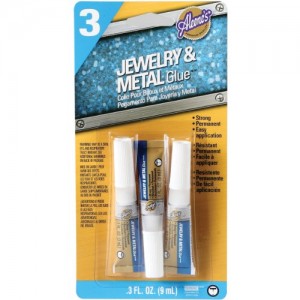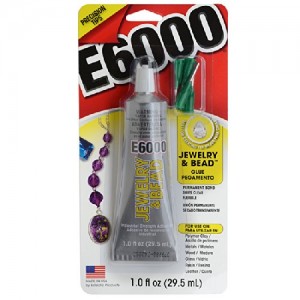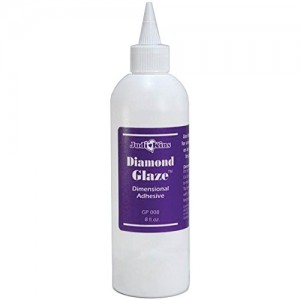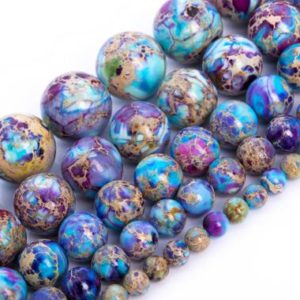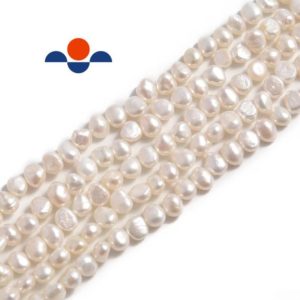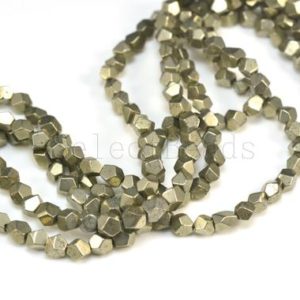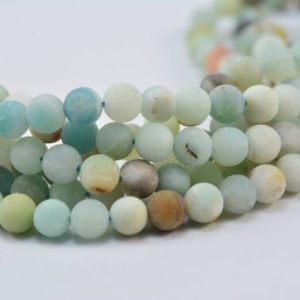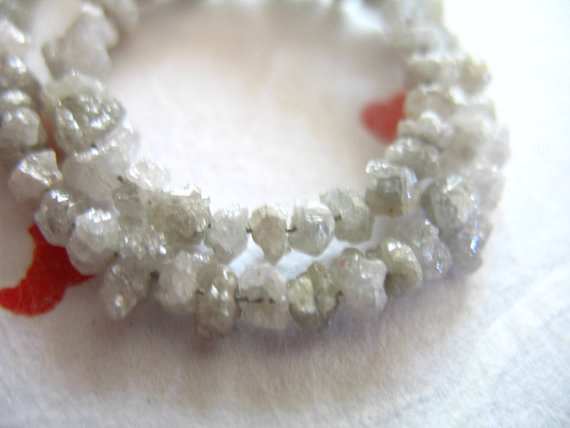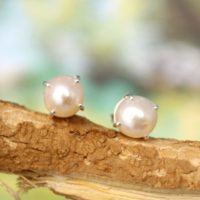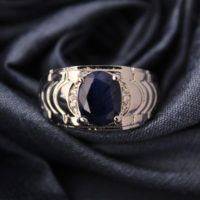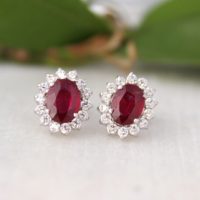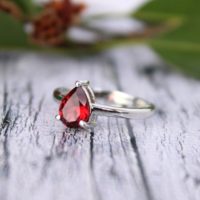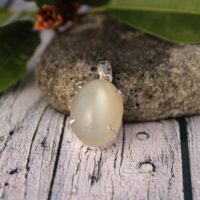
- Glue
-
Bead cement or craft glue can be used to keep thread knots from unraveling or keep small pieces in place. Temporary glue can be used to hold work together while assembling it. Use craft glues, or one of the several glues specifically designed for beadwork.
For some beading projects, traditional methods of weaving or stringing are not secure enough to provide complete stability. Some of the elements of the design cannot be threaded because they are delicate or very small. Temporary positioning may also be needed while a project is assembled.
In these instances, adhesives or glue can provide the necessary bond, either permanently or on a temporary basis. Beading projects can incorporate several diverse materials, and often include hard-to-adhere surfaces such as glass, crystal or metal. Typical glues available at craft stores are usually good at adhering paper, wood and plastics but have a poor bond to non-porous surfaces like glass or metal. Thus, glues for beading projects require a combination of qualities unique to other forms of crafting.
Temporary glues can help hold pieces together during final fabrication to make tricky constructions easier and more attractive. For temporary use, glue must become tacky, or sticky, rather quickly, yet release easily without reside or damage to the piece when no longer needed.
Glue can also be applied to knots in thread or wire for an extra secure hold. Use a pin or toothpick to apply a small amount to seal a knot, being careful not to get glue on any beads.
Some of the most commonly used and easy to obtain adhesives are Krazy Glue, G-S Hypo Cement, Bond 527 Cement, and E6000. Krazy Glue can be used for beading projects because of its ability to adhere to non-porous surfaces. It will certainly hold projects together well and is easy to find. Unfortunately, it’s also great at bonding fingers, has a strong odor and contains carcinogens.
Other glues, used by jeweler and watchmakers have superior bonding strengthG-S Hypo Tube Cement is popular with beaders because it dries clear after 20-60 minutes. The precision applicator tube tip allows the glue to applied exactly where needed. In 10-20 seconds, the glue becomes tacky allowing placement of the parts to be joined. There is ample time to adjust the position before the glue hardens, and it does not bond to finger. It is ideal for non-porous surfaces such as crystal or glass frequently used in beading projects. Wiping the tip with rubbing alcohol ensures longer use and no clogs.
E-6000 glue is another popular adhesive used by bead artists. It bonds with superior strength to wood, metal, glass, ceramics and leather, as well as many other surfaces not typical used in beadwork. E6000 takes about 10 minutes to become tacky and 24-72 hours to dry fully. It dries with some flexibility which can be useful in a project will have some movement, and can withstand vibration. E6000 can also be painted over after it has dried.
BeadFix Superfast is another strong, quick setting glue that is designed for beaded projects. Designer 2-Part Epoxy is used by many beaders, and provides a 2-part polymer that must be mixed just prior to use.
